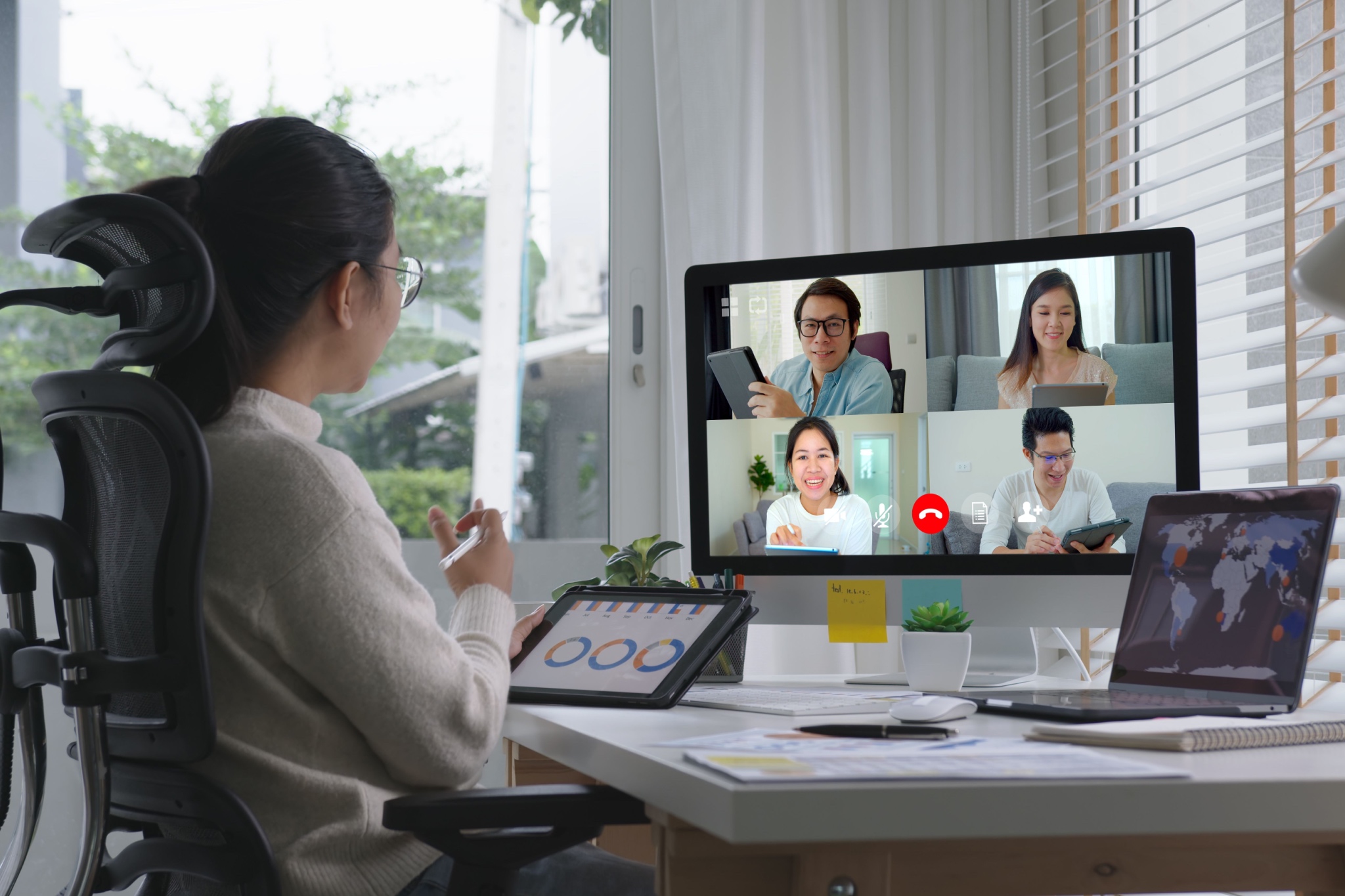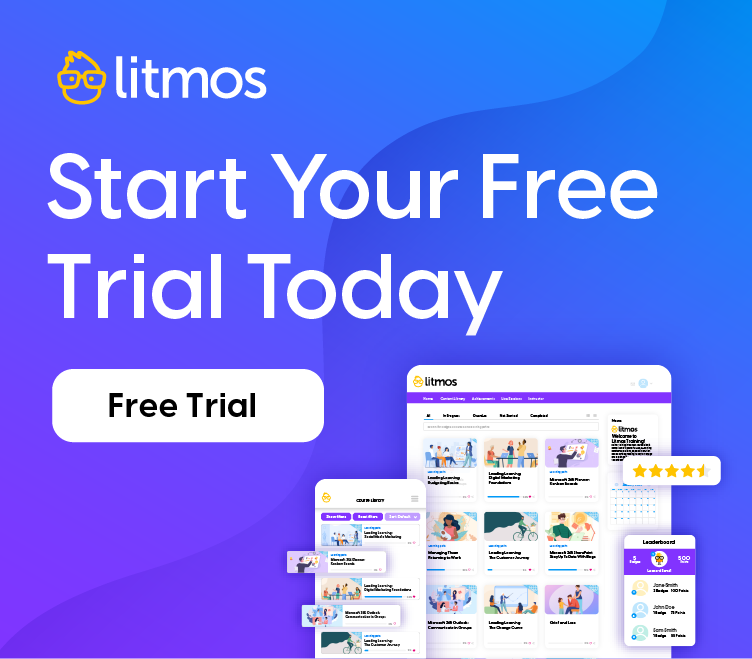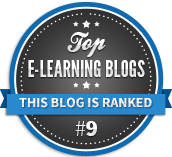What’s the Role of Adaptive Learning in the Corporate Academy?
Key takeaways:
|
Corporate academies have been around for decades. Enterprises rely on their academies to provide their workforce with the skills the organization will need as it moves into the future.
Often, this means that academies offer a range of learning opportunities in specific areas, such as leadership development, technical skills, compliance, and any other skills that align with organizational goals. Traditionally, corporate academies’ curricula have been carefully curated and built to align with a company’s needs.
How does adaptive learning, which changes content based on the needs of the learner, fit in with the corporate academy model? Can adaptive learning and Generative AI (GenAI) be leveraged to improve corporate academies?
This article will define adaptive learning, tracing its evolution within the context of corporate academies, while exploring how AI is being used to improve corporate adaptive learning.
How does adaptive learning work?
Adaptive learning is not a new concept in L&D, but the introduction of generative artificial intelligence (Gen AI) has changed how it works and how it can be used in a corporate academy. Previously, the most common way of creating adaptive learning was by building branched content. This has evolved since the recent proliferation of AI learning solutions.
The limitations of branched content
Branched content takes each learner through the content of a course differently, based on their interaction with the course material. If they choose the wrong answer, they might be assigned a lesson that reviews that content. If they seem to be well-versed in other content, they might skip it.
Branched content meant that a library of learning content had been laid out for users and could be arranged into several different learning pathways. However, with branched content, the number of potential learning pathways available to learners was finite. Rather than being tailored to the needs of each user, branched learning applied pre-determined learning paths to users based solely on their interactions with the content.
Generative AI’s potential for adaptive learning
Unlike its predecessor, branched learning, Gen AI can respond directly to user needs in the moment. By using algorithms and natural language processing, AI can process an individual learner’s preferences, behaviors, language, and past interactions to produce content that suits that learner’s needs. In this way, Gen AI can deliver more personalized learning paths. It can also be used to power AI chatbots that provide just-in-time learning opportunities. This means that employees can have their questions answered in the flow of work, with an AI chatbot providing learning snippets right when they’re needed.
Adaptive learning, at its most basic, is any learning that adapts to the learner.
In a standard online self-paced course, learners log in to the LMS to watch a video or read some information, and then answer questions about what they’ve learned. If they get the question right, they move forward. If not, maybe the learning platform asks them to review the information and try again. Everyone who takes that course gets the same experience. They see the same video and answer the same questions in the same order.
An adaptive module changes this formula. Learners taking an adaptive course might all start with the same video or information, but will be fed different follow-up content and questions, depending on their learning progress or behaviors.
Customizing LMS content, modalities, and delivery
Adaptive learning might seem like it’s about serving different content to different learners, but that’s not exactly the case. Learners may benefit from being served the same content in a different way, or as part of a new learning path. Adaptive learning simply makes the material fit the needs of the learners, whether that means changing the content itself, or shifting the way it’s presented or delivered to learners.
Example: adaptive learning to personalize content
Sometimes coworkers at the same company who need to learn the same information come from very different backgrounds. Adaptive learning can modify the subject material built by your L&D team so that it makes sense to different learners.
Take the example of a cybersecurity course. Generative AI can analyze the learners who are taking the module and adapt the content to their technical know-how. Deborah in Accounts Payable doesn’t need to know the ins and outs of the latest ransomware attacks; she just needs to know how to spot and report an email that might contain suspicious links. Molly in IT, however, needs much more advanced information about ransomware attack trends. Adaptive learning uses data about each learner to tailor the content to their knowledge.
Example: adaptive learning to personalize modalities
Corporate academies tend to have a backlog of learning content in their systems. Many of those resources are older or buried deep in outdated courses. That doesn’t mean that learners can’t get some use out of these old resources, though.
Adaptive learning can serve older resources in a different way. Giving learners access to chatbots can provide learners with summaries of the most relevant tidbits from outdated courses, allowing them to consume parts of old courses in the form of job aids or microlearning modules, without making them complete the rest of a potentially outdated course.
Customized learning paths
Gen AI can analyze someone’s learning activities and recommend specific content based on their progress. L&D professionals can also use this facet of Gen AI to help generate learning content recommendations for specific learners. Personalized learning paths can build employee engagement by meeting the specific needs of learners.
Why is adaptive learning important?
No two people learn the same way. While there’s nothing wrong with a linear, self-paced course, adaptive learning can serve up learning in a way that’s digestible to every learner enrolled in your corporate academy.
Generative AI makes it easier to create that adaptive content, and that means your academy can serve up even more content and upskill the enterprise more effectively. The more you’re able to personalize your content, the more agile your learners will be.
The right training tools can transform how corporate academies deliver adaptive learning. Delivering consistent, yet scalable personalized learning across the enterprise requires an AI-powered Learning Management System that’s easy for everyone in to use. See how Litmos powers top corporate academies with leading AI tools that drive employee engagement. Sign up for a no-obligation free trial today!




